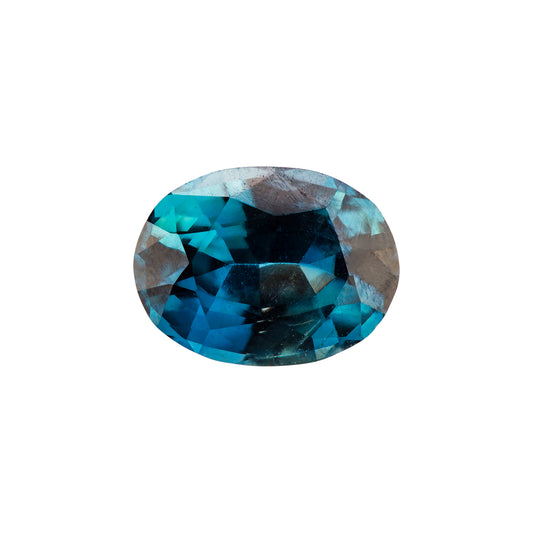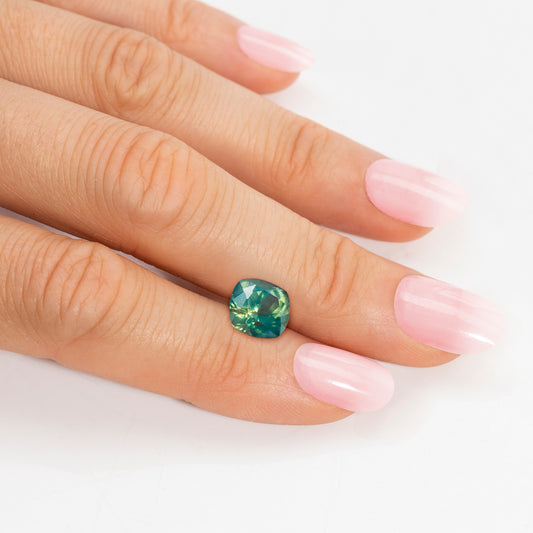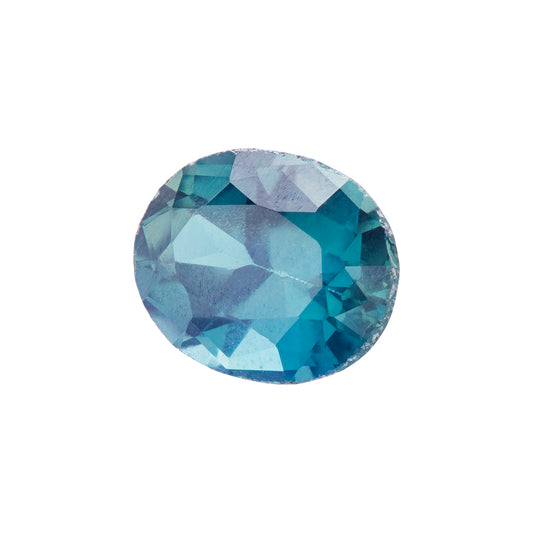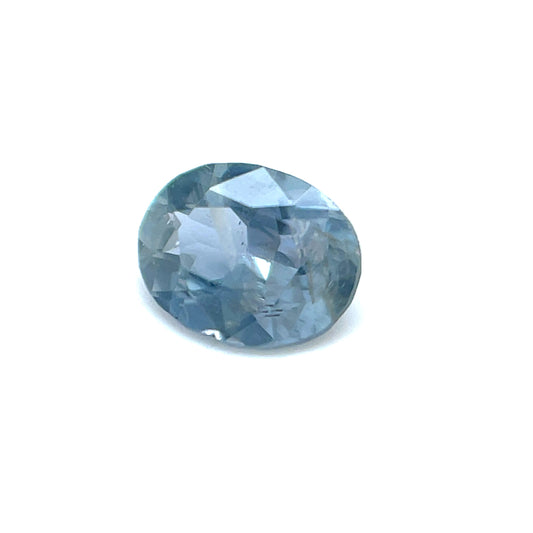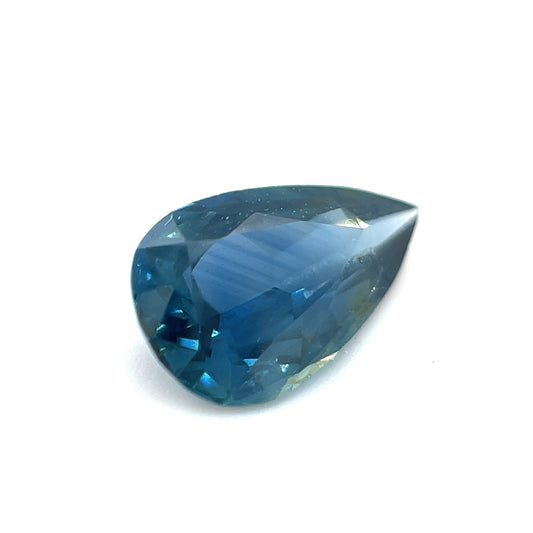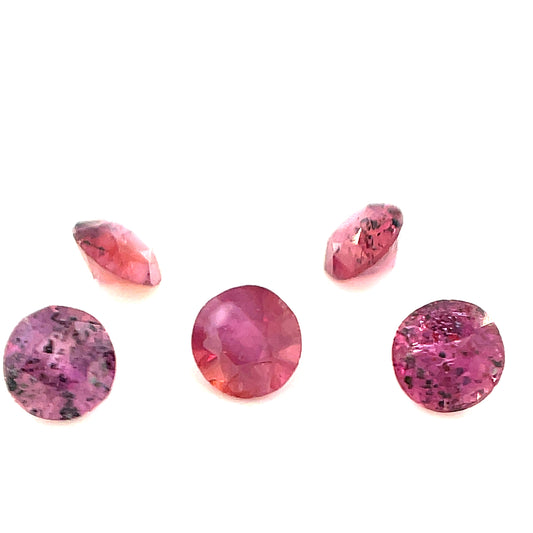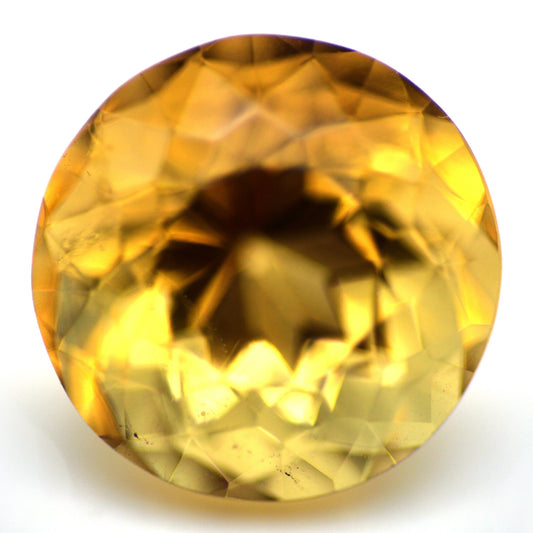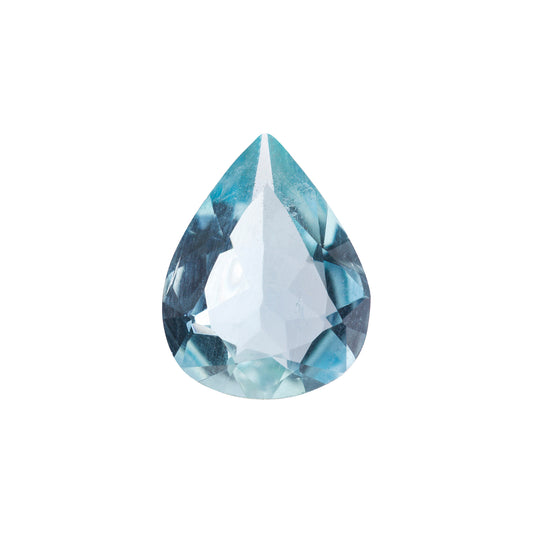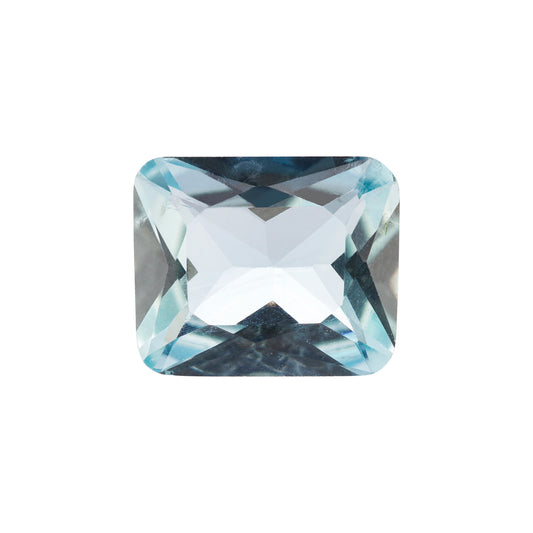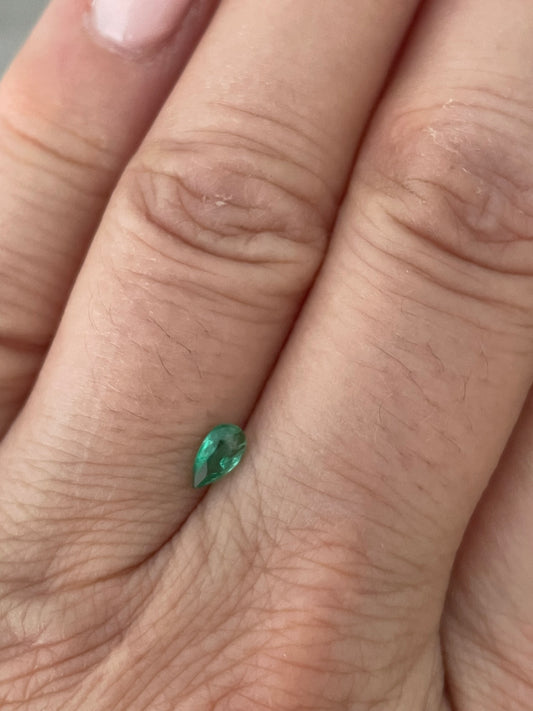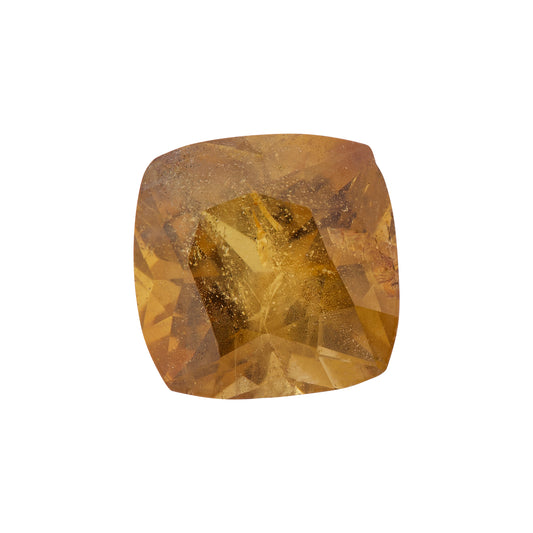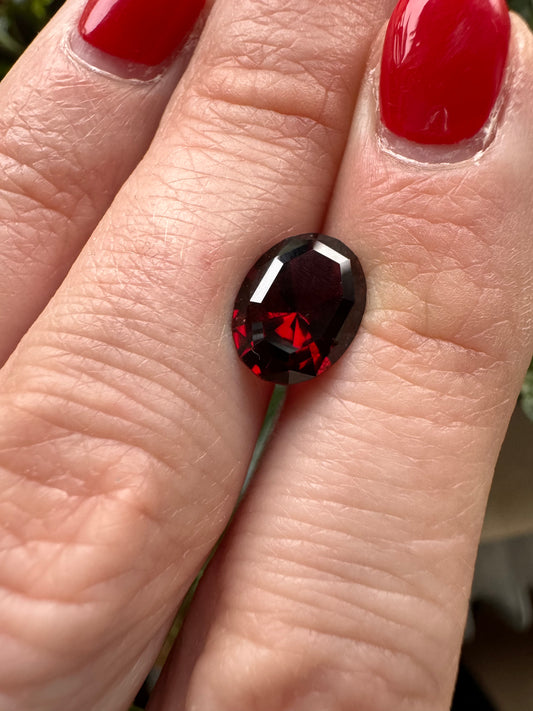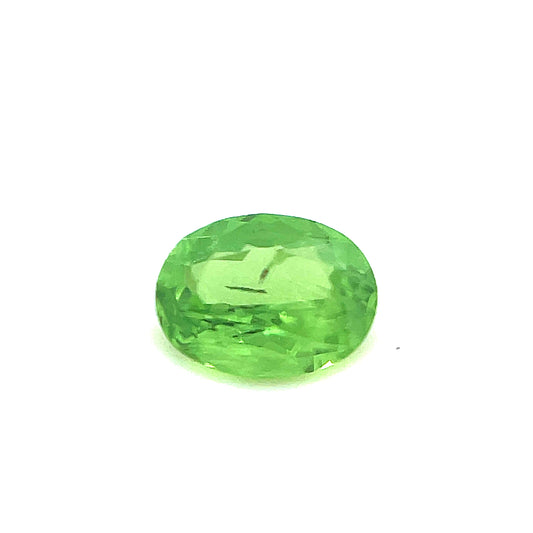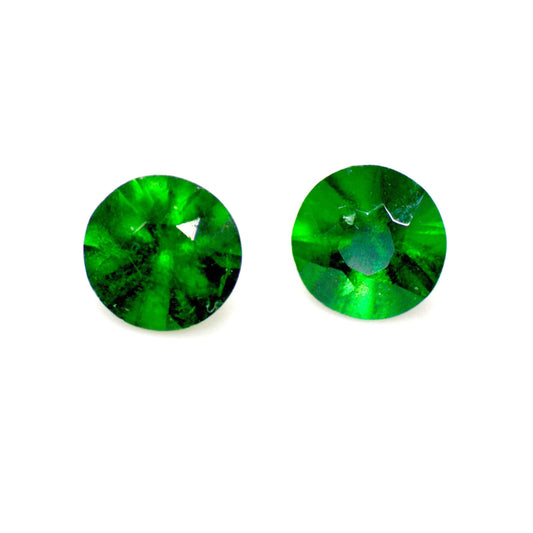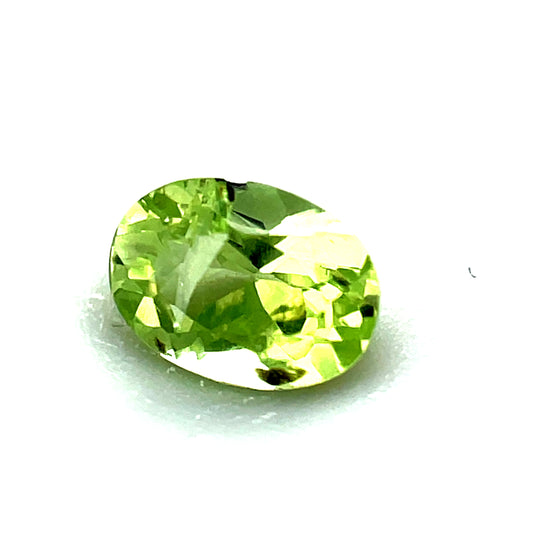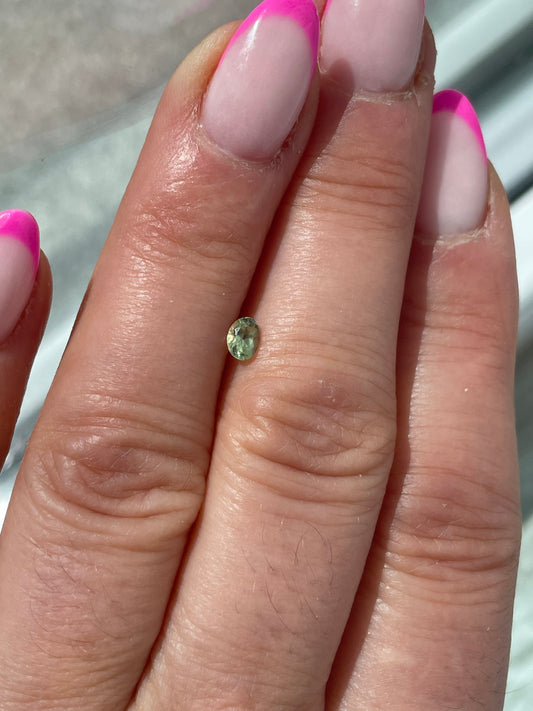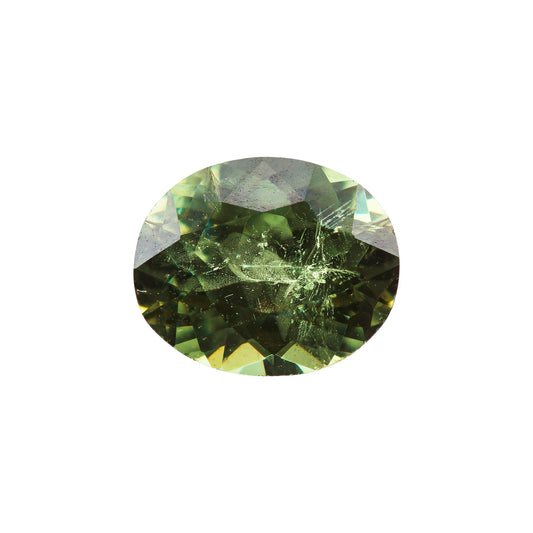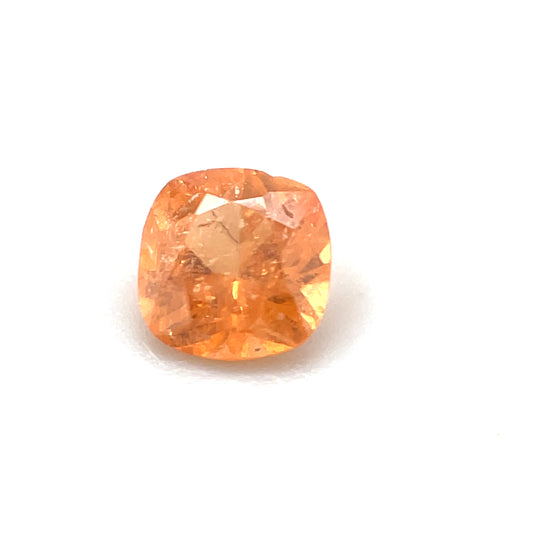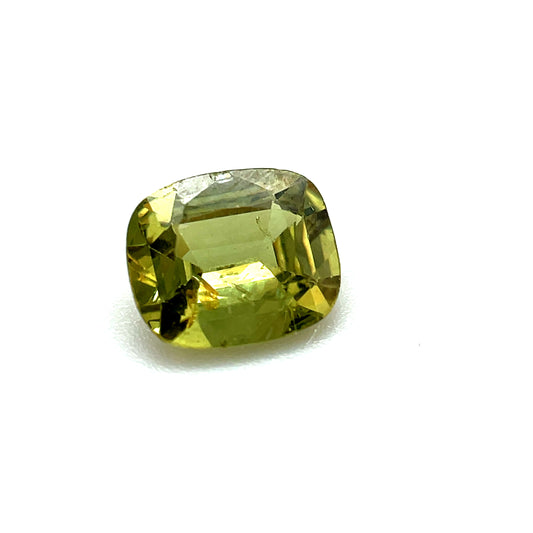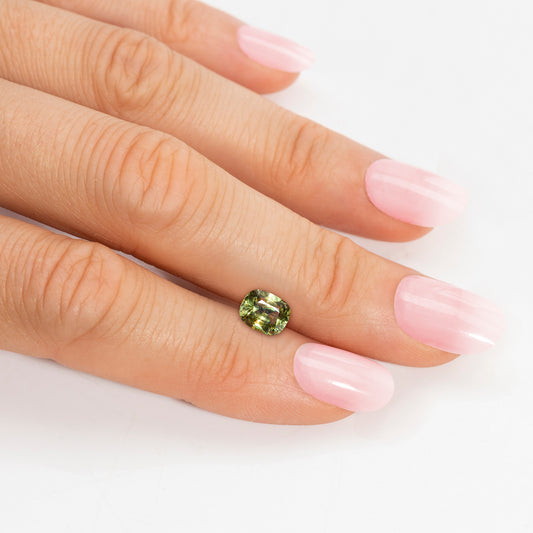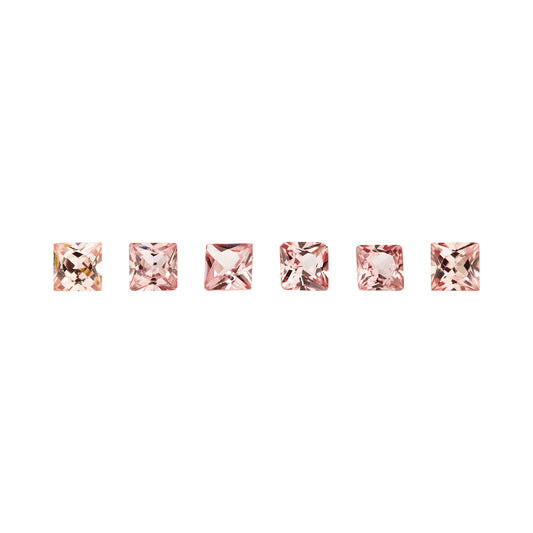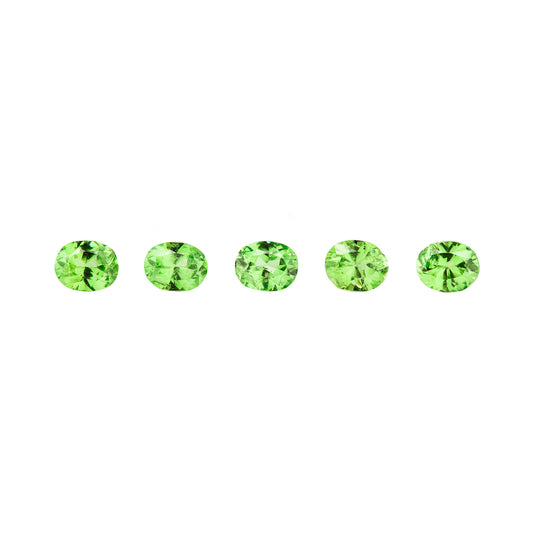Clean out. Tidying up. Rearrange.
How to make a jewelry studio stock switch from conventional to sustainable materials
The good news first: You don't have to throw anything away. That wouldn't help anyone. However, if you've been wanting sustainable jewelry to make its way into your studio for a while, the following tips can help.
What is meant by conventional materials anyway? Let's look at precious metals first: typically, silver and gold are mined using extremely toxic chemicals (cyanide and mercury) and large destructive machines. Horrific images of polluted rivers and stretches of land where neither animals nor humans can continue to live are certainly familiar to you from numerous reports. But not only the environment, but also the people who work there suffer from the prevailing conditions. The same applies to the commercial mining of gemstones in areas where often foreign investors lease land and leave it in a disastrous condition after the successful mining. The major industrialized nations subsequently determine the prices of the goods - and not the producers themselves. The largest margins are first added outside the producing country, so the return to the local population is marginal. In addition, work in large industrial mining pits takes place under often catastrophic social and environmental conditions, which drive the miners into financial dependence, but without the wage ultimately being sufficient to support themselves or even to be able to feed their own families adequately.
Change now
But fortunately, there are more and more small companies running sustainable mining projects. Bei der Auswahl eines neuen Händlers solltest du auf bestimmte Kriterien achten, um nicht in die Falle des „Greenwashings“ zu tappen.
- fair – find out whether the local workers are paid prices that are higher than the world market prices. Only then can you be sure that they can master their livelihood from small-scale mining.
- Ethical Correct - ask if working conditions are safe, healthy, decent and that no children are employed in the mining industry.
- ecological- find out to what extent the environment is protected as far as possible and the areas are reforested in the best case.
- local - make sure that the mines are managed locally and that no western system is imposed on the workers. Also ask where B. the gems are cut. (Companies often want to save here and let things slide in countries other than the producing countries. However, this means that a large part of the value chain is generated outside the country, which means that a smaller margin remains in the country.)
- sustainable - in the best case scenario, the project has existed for a few years and has the goal of always striving for more justice and fairness for the future.
By the way: In the case of gold, there is already the recognized "Fairtrade" certificate and also official "fairmined" gold. Look out for these labels to make it even easier to see which dealers you can trust. In the area of colored gemstones there is no recognized certificate yet. Therefore, take the above mentioned list and ask personally for the criteria. Serious dealers will then issue you their own certificate, with which they vouch for the compliance with the criteria. This certificate you can pass on together with your finished sustainable jewelry to your customers.
By the way, official initiatives for audits are in the works, but are not yet possible across the board, as they are very difficult to apply to the various conditions in small-scale mining.
How to make the turnaround work
So if you've now made the decision to move away from conventional materials and add more and more sustainable materials to your stash, here's how you can go about making sure nothing stands in the way of your sustainable jewelry:
- You don't have to throw anything away - that would be anything but sustainable. Process precious metals and gemstones that you still have in stock to jewelry, give them to colleagues or exchange them among themselves. Nothing has to go to waste!
- Look for trustworthy dealers who work sustainably and fairly and best meet all of the above criteria.
- Ask colleagues where they get their fair jewelry materials from and exchange ideas with them. Find out about their positive experiences.
- Think for yourself: Where is the natural occurrence of the gemstones I want to buy? So you can best find local projects in the producing countries that work without middlemen.
- On Instagram, use the hashtag search. Many sustainable companies use the hashtags #faireedelsteine or #fairgems to highlight their products.
- Keep an eye out for trade shows that have separate "sustainability" sections or are specifically focused on sustainable products. For example, INHORGENTA Munich launched an extra area for sustainable retailers for the first time in February 2019.
- Last but not least, you can also fall back on recycled gold, especially when it comes to gold. Make sure that at least 99.9% recycled content. This is a good alternative, but currently covers only 30% of global demand.
Our recommendations for you:
(This is unpaid advertising. We simply want to support the industry of sustainable jewelry production and see no competition in this in the recommended colleagues/retailers).
- fairmined.org
- fairever.gold
- Aurhen mit brazilgems.de
- Nineteen48 – gemstones
- Signum Fair Jewels: signumfairjewels.ch
- mercuryfreemining.org
- Merkle – Ringrohlinge aus fairem und recyceltem Gold
- Oeko Andina e. V.
- MIADANA – faire Edelsteine aus Madagaskar !


